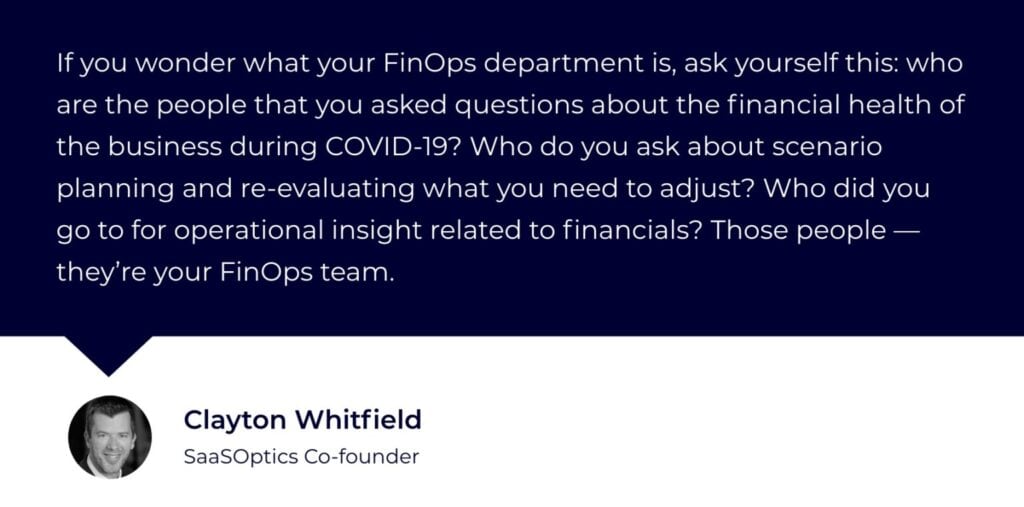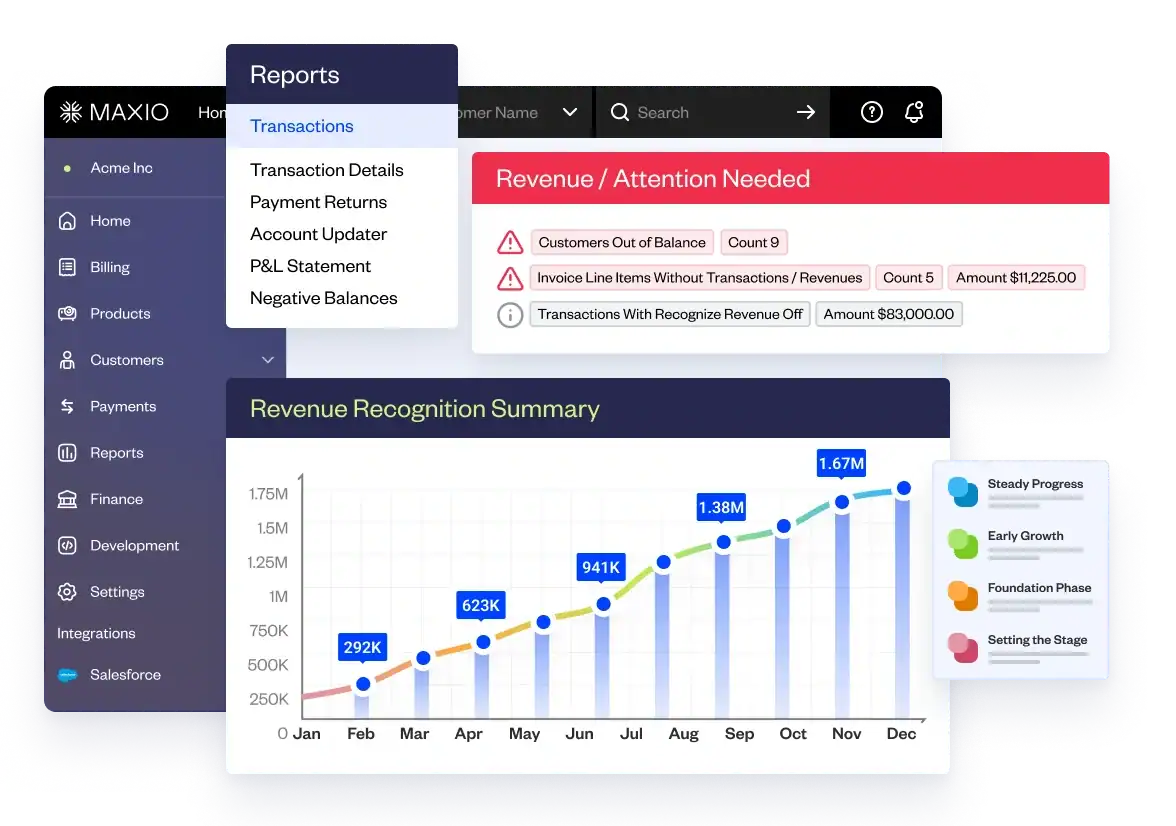Everyone knows financial operations are an essential part of any successful business—but do they really get the attention they deserve?
FinOps isn’t just another “back office” task that can be left alone—it’s a hands-on process that takes place across departments and plays a critical role in your company’s financial future. Here’s everything you need to know about FinOps and how you can start making improvements in your own company.
What is FinOps?
Financial Operations, or FinOps for short, are financial organization best practices for the cloud that hosts your company’s data. It represents the intersection of people, processes, and technology as it relates to managing the financial operations of a business.

Here’s how the FinOps process breaks down:
- Inform: FinOps starts with people. It embodies direct communication with your team and your stakeholders, creates shared accountability, and paints an accurate picture of what the company is spending, earning, and how efficiently you are operating.
- Optimize: FinOps deals with a company’s real-time capacity for decision-making, predicting, planning and purchasing. It optimizes teams’ abilities to improve workflows, uncover deep operational insights, and arrive at best practices based on company goals.
- Operate: Most importantly, FinOps includes the tools and tech platforms that enable your team to get their jobs done more efficiently.
FinOps vs. RevOps
A common question that comes up when discussing FinOps is, “what is the difference between FinOps and RevOps?”
FinOps focuses on properly converting business transactions into financial transactions, while RevOps focuses on getting business transactions in the door. For a deeper look at the core differences between FinOps and RevOps, check out our article, “RevOps vs. FinOps: What’s the difference & when do I need them?”
Why FinOps is Different for SaaS Businesses
In a SaaS business, the role of FinOps differs compared to other business models. This is due to the fact that there can be a much higher rate of volatility month over month—especially in early-stage companies and startups.
Because of that volatility, the SaaS FinOps team is responsible for three major components:
- Converting business transactions into financial transactions
- Keeping track of the financial underpinnings of the company
- Planning ahead in regards to your cash runway

In addition to the above, your FinOps team needs to be able to project your future cash position. In SaaS, it’s necessary to model cash that comes from new business, as well as the cash that comes from existing contracts and projected renewals.
FinOps teams (specifically finance) should also have a solid grasp on your company’s billing schedules. Without an accurate understanding of when revenue will be coming in the door, there’s no way you can make financial projections for the future.
Which Department Is Responsible for Finops?
FinOps is unique in that it is owned by the finance team yet touches all different parts of an organization that shares accountability for the company’s financial future—Sales, Customer Success, the executive team, and independent stakeholders like company investors. People from different departments at different levels all play a role in FinOps regarding projections, revenue recognition, and A/R management.

What SaaS Startups Should Know About FinOps
Now that you know more about FinOps let’s take a look at some of the benefits, challenges, and need-to-know details associated with financial operations for SaaS businesses.
Why is FinOps Needed?
A FinOps team takes on crucial responsibilities, such as subscription management, revenue and expense recognition, and SaaS and financial metrics reporting. These processes are critical for early-stage SaaS companies that want to impress investors, mature companies that want to maintain consistent growth, and everyone in-between.

Challenges of FinOps
In many early-stage companies, spreadsheets and finance software often get piecemealed together as a quick way to manage financial operations. However, the manual processes this setup requires result in inconsistent or incorrect financial records. Before you know it, you’ve created FinOps debt. Eventually, the holes in your system become an organizational nightmare, and you have no idea how to get out of it and keep your business afloat at the same time.
Not only does this paint an inaccurate picture of a company’s financial health, but it is a major red flag to potential investors.
Another common problem early-stage SaaS companies face is waiting too long to switch from cash-based accounting to accrual-based accounting. Without an accrual method to keep track of multiple streams of recurring revenue, you have no way to maintain GAAP compliance.
You don’t want to be left playing catch up with your financial operations. The longer you’re running your operations using a cash-based account method, the more complicated your finances will be and the longer it will take to transition.
A FinOps Solution Purpose-Built for B2B SaaS
Having a powerful tech stack for FinOps on hand will help you scale your SaaS business more efficiently. Your stack should include solutions with subscription management, revenue recognition, expense recognition, and financial reporting capabilities, like Maxio. Ultimately, these solutions will take the manual processes in spreadsheets out of the equation and automate your financial processes.
A FinOps Case Study: Chili Piper
Chili Piper, an automated scheduling app for inbound lead conversion, adopted Maxio to repair and refresh their FinOps.
The Chili Piper team used cash-based accounting and needed to switch to accrual to track ARR to present to investors accurately. When considering a solution, they looked for an automatic reporting system that didn’t need to be maintained, functions that made it simple to invoice customers, and integrations with Stripe and Salesforce.

Streamlining FinOps with Maxio
FinOps are all about using processes and technology to streamline and optimize the financial operations of your business. Maxio was designed with B2B SaaS businesses in mind, so we know firsthand how FinOps automation eliminates the headache of manual processes and enables you to scale your business.



